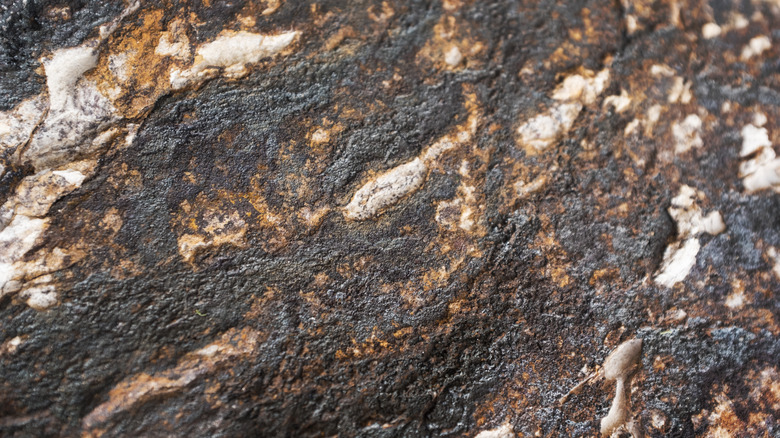Difference Between Chemical And Physical Weathering
Weathering processes crack, wear away, and weaken rocks. Over time, it may cause large changes to the landscape. Physical and chemical weathering degrade rocks in different ways. While physical weathering breaks down a rock's physical structure, chemical weathering alters a rock's chemical composition. Physical weathering works with mechanical forces, such as friction and impact, while chemical weathering takes place at the molecular level with the exchange of ions and cations.
What is Physical Weathering
What is Physical Weathering
Physical weathering describes a change that affects the structure of a rock, but not its composition. It is sometimes also called mechanical weathering since it only causes mechanical changes to the rock's structure. Forces that shatter rocks, rub away rock surfaces, or form cracks within the rock are examples of physical weathering. Physical weathering does not change the chemical composition of rocks.
Types of Physical Weathering
Types of Physical Weathering
- Wedging is caused by substances that get into holes and cracks in rock and expand outwards. This exerts pressure on the rock and may cause it to further crack and split apart. Water that freezes in cracks and forms ice, salt from evaporated seawater, and growing plant roots may all cause wedging.
- Exfoliation occurs when rocks that formed in high pressure environments are brought to the Earth's surface. When the pressure on these rocks decreases, they expand and split apart into sheets.
- Abrasion is caused when rocks rub together. For example, the rocks on a riverbed smooth each other because they collide in the current. Small particles of rock carried by the wind may cause abrasion as well.
- Thermal expansion is caused by heating. When rocks are heated — as by the sun — they expand. If different portions of a rock expand at different rates, the heated parts will exert pressure on each other, and crack.
What Is Chemical Weathering
What Is Chemical Weathering
While physical weathering breaks down rocks without altering their composition, chemical weathering alters the chemicals that compose the rocks. Depending on the chemicals involved, the rock might disintegrate entirely, or might simply become softer and more vulnerable to other forms of weathering. Physical and chemical weathering often work hand in hand: chemical weathering weakens the rock and physical weathering breaks it down.
Types of Chemical Weathering
Types of Chemical Weathering
- Oxidation is the reaction of oxygen with chemicals in a rock. For instance, oxygen reacts with iron to form iron oxide — rust — which is soft and vulnerable to physical weathering.
- Hydrolysis is a process in which a rock absorbs water into its chemical structure. A rock with a higher water content is softer, and thus easier for physical weathering, or even just gravity, to decay.
- Carbonation is caused by carbonic acid in water reacting with and degrading rock. This acid is especially effective at degrading limestone. Underground carbonation may form limestone caverns.
- Acid rain is caused by sulfur and nitrogen compounds in the air reacting with water to form acids that then fall to the ground. These acids are particularly harmful to marble, chalk, and limestone, and cause damage to tombstones, statues, and other public monuments.
Cite This Article
MLA
Zamboni, Jon. "Difference Between Chemical And Physical Weathering" sciencing.com, https://www.sciencing.com/difference-between-chemical-physical-weathering-5827944/. 20 April 2018.
APA
Zamboni, Jon. (2018, April 20). Difference Between Chemical And Physical Weathering. sciencing.com. Retrieved from https://www.sciencing.com/difference-between-chemical-physical-weathering-5827944/
Chicago
Zamboni, Jon. Difference Between Chemical And Physical Weathering last modified August 30, 2022. https://www.sciencing.com/difference-between-chemical-physical-weathering-5827944/
